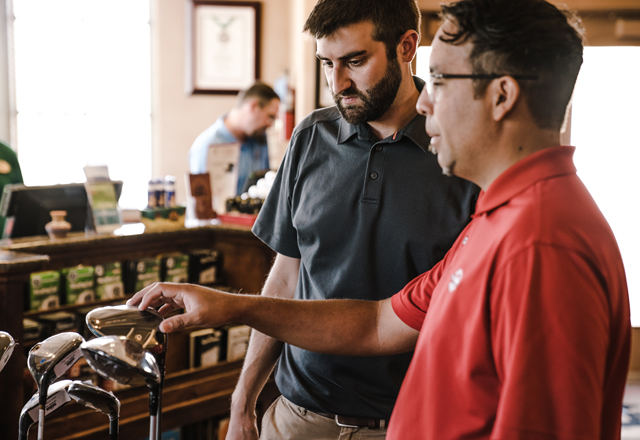Customer data: collecting selectively for better service

Today’s retailer faces stiff competition, particularly from ecommerce.
In a world in which fewer people want to visit malls and other enclosed spaces, retailers have had to pull out the stops to provide exceptional customer service.
In addition, online retailers are fiercely competitive with one another, angling for the best way to attract and keep shoppers.
Customer loyalty is critical to success – and profitable retailers know how to foster repeat business.
Understanding customers to predict future purchases

Customers respond to the personal touch.
It’s one area in which in-person, brick and mortar stores can effectively compete against their online cousins.
But virtual stores can and do also provide personalization.
Data analysis is used by all varieties of retailers to predict future purchases by analyzing customers’ previous shopping history.
A “360 customer view” is used to create a strategy that considers each shopper’s interaction history and maps out an outcome for each event.
But recent research by Gartner points out that collecting the “right” data is much more important than collecting “all” the data.
Unifying data sources for a holistic customer view

The key to understanding the customer is having software that brings together certain data that is scattered throughout the business.
Combining various data sources into a heterogeneous whole in business intelligence solutions like Retail Pro Decisions helps retailers consume data to uncover customer patterns and needs and optimize processes for serving these needs.
That information may lie within other channels and includes shopping history, preferences, consents, products owned and relationships with other customers.
Many of those other channels, such as social media or mobile apps, provide rich information on customer preferences.
Brick and mortar locations use POS data as well as technology such as line-of-sight detection, which uses sensors to collect data from eye movements, allowing retailers to identify shopping patterns and tailor the customer experience to those habits.
Collecting focused data to solve specific needs

Collecting every shred of information is time consuming and burdensome.
It is also, according to Gartner, unproductive.
Identifying a problem first and then collecting data related to that issue is a far more efficient solution.
A number of customer experience problems can be addressed by gathering specific information and applying it to specific problems, such as long customer wait times, inadequate communication and low inventory.
POS solutions like Retail Pro Prism that integrate CRM software can be tailored to collect certain information that provides a customer view that will help retailers predict shopping trends.
What information should be collected?
Retailers should filter their data through a lens of what will help them improve each interaction with a customer.
All information gathered should be able to be used to enhance the relationship with that customer.
The more precise the data is, the more targeted marketing campaigns for each customer segment can be.
And that will provide retailers with the ability to offer more personal, proactive customer service based on an individual’s buying habits.



